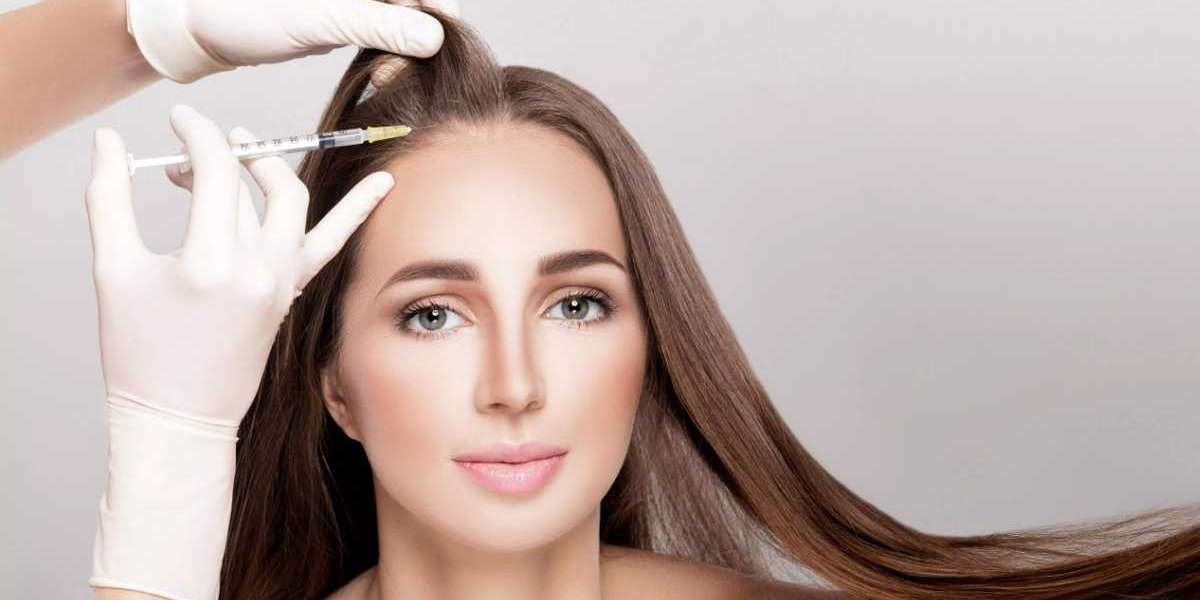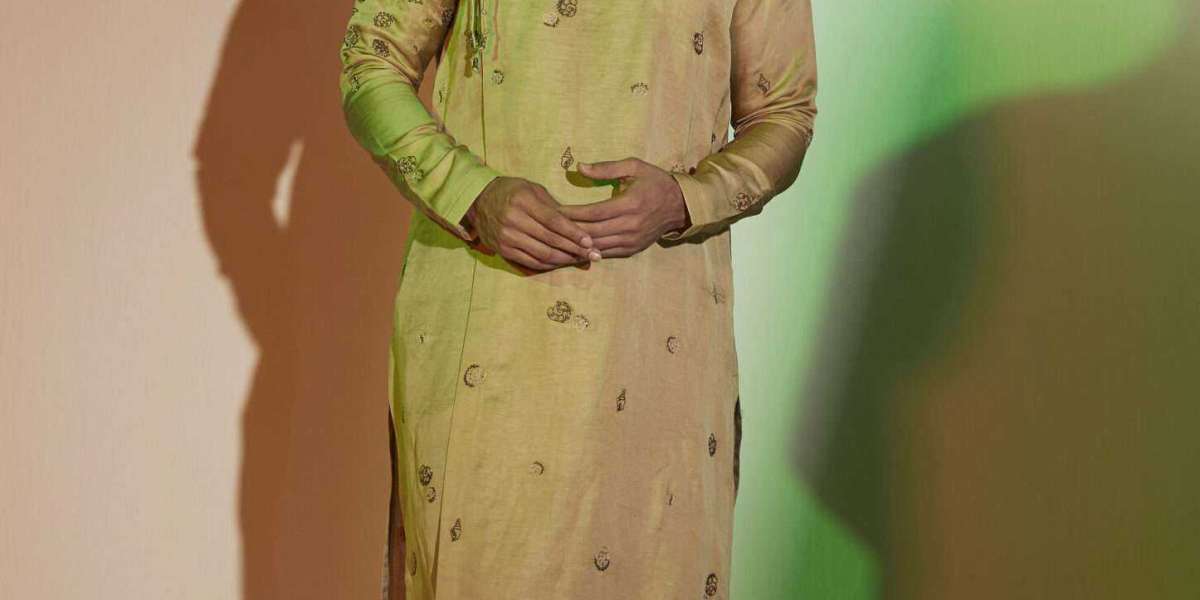Alopecia, a condition that causes hair loss, affects millions of individuals worldwide. Whether due to genetics, hormonal changes, stress, or other underlying factors, alopecia can be a frustrating and challenging experience. Fortunately, advancements in hair restoration treatments, such as hair plasma therapy, have shown promise in not only treating hair loss but also preventing it.
In this blog, we’ll dive into the role of hair plasma in preventing alopecia, how it works, and what you need to know about this innovative treatment.
What is Hair Plasma Therapy?
Hair plasma بلازما الشعر therapy, or Platelet-Rich Plasma (PRP) therapy, is a non-invasive procedure that involves using your own blood to stimulate hair growth. During the treatment, a small sample of your blood is drawn, and the platelets are concentrated using a centrifuge. This platelet-rich plasma is then injected into the scalp where hair loss is occurring.
The key to PRP therapy’s effectiveness lies in its ability to harness the growth factors present in platelets to rejuvenate hair follicles. These growth factors stimulate the natural healing and regeneration processes of the scalp, promoting healthy hair growth and preventing further hair loss.
How Hair Plasma Helps Prevent Alopecia
While hair plasma therapy is commonly used to treat existing hair loss, it also plays a significant role in preventing alopecia and reducing the risk of future hair thinning. Here’s how:
1. Stimulates Dormant Hair Follicles
One of the main ways PRP therapy helps prevent alopecia is by stimulating dormant or weakened hair follicles. Hair follicles can become dormant due to factors like aging, poor circulation, or scalp health issues. When the plasma is injected into these follicles, the growth factors encourage the follicles to re-enter the active growth phase, thus preventing hair from thinning or falling out prematurely.
For individuals with early signs of hair thinning or mild alopecia, PRP therapy can help restore the health and function of hair follicles before they completely stop producing hair. This can slow or even stop the progression of hair loss, allowing for natural and sustained hair growth.
2. Improves Scalp Health
A healthy scalp is essential for healthy hair growth, and PRP therapy works to improve scalp health by increasing blood circulation and nourishing hair follicles. The platelets in the plasma contain numerous growth factors that encourage the formation of new blood vessels (angiogenesis). This improved circulation helps deliver essential nutrients and oxygen to hair follicles, ensuring that they have everything they need to grow strong, thick hair.
When the scalp is well-nourished and has good blood flow, it creates an optimal environment for hair growth. This helps to prevent alopecia from progressing further, especially in individuals who are prone to hair loss due to poor scalp health.
3. Reduces Inflammation
Inflammation on the scalp can be a major factor contributing to alopecia, particularly in cases of inflammatory alopecia such as alopecia areata. Chronic inflammation damages hair follicles and inhibits their ability to produce hair. PRP therapy has anti-inflammatory properties that can help reduce scalp inflammation, thereby preventing further damage to hair follicles and reducing the chances of future hair loss.
By calming inflammation, PRP therapy helps preserve the integrity of the scalp, ensuring that hair follicles remain healthy and functional for as long as possible.
4. Strengthens Hair Follicles
In addition to stimulating hair growth, PRP therapy can strengthen existing hair follicles. The growth factors in the plasma help enhance the structure and resilience of hair follicles, making them less likely to be affected by future hair loss triggers. Stronger hair follicles are better equipped to produce thicker, healthier hair and are less vulnerable to the effects of androgenetic alopecia (male and female pattern baldness) or other forms of alopecia.
By strengthening the hair follicles, PRP therapy plays a vital role in preventing hair thinning and improving the quality of hair over time.
5. Delays the Onset of Hair Loss
Hair plasma therapy can also help delay the onset of hair loss in individuals with a genetic predisposition to alopecia. For those who are genetically prone to male or female pattern baldness, early intervention with PRP therapy can slow the progression of hair loss and delay its visible effects. This gives patients the opportunity to preserve their hair for a longer period, even in the face of genetic factors that may otherwise lead to thinning or balding.
6. Enhances Other Hair Restoration Treatments
For individuals undergoing other hair restoration treatments, such as hair transplants, PRP therapy can be used as a complementary treatment to prevent further hair loss. When combined with other procedures, PRP therapy can boost the effectiveness of these treatments by stimulating dormant hair follicles and enhancing the healing process.
In this way, PRP therapy helps ensure that the results of other hair restoration procedures are maintained and that additional hair loss is prevented.
What You Need to Know About Hair Plasma Therapy for Alopecia
If you’re considering hair plasma therapy to prevent alopecia, here’s what you should keep in mind:
1. It’s a Gradual Process
Hair plasma therapy is not a quick fix. While some individuals may notice improvements within a few months, the full effects of the treatment take time. The process of stimulating hair follicles and promoting new growth is gradual, and it may take several sessions to see significant changes. Most patients undergo 3 to 4 treatments spaced 4 to 6 weeks apart, followed by maintenance sessions every 4 to 6 months.
2. Not for Everyone
While PRP therapy is an effective treatment for many individuals with alopecia, it’s not suitable for everyone. The treatment is most effective for those with early to moderate hair loss. Individuals with advanced alopecia or complete baldness may not benefit as much from the therapy, as there may be too few healthy hair follicles to stimulate.
Before starting treatment, it’s important to consult with a hair restoration specialist who can assess your condition and determine if PRP therapy is the right option for you.
3. Minimal Downtime
One of the benefits of hair plasma therapy is its minimal downtime. Since it’s a non-invasive procedure, most patients can return to their regular activities immediately after the treatment. There may be some mild redness or swelling at the injection sites, but these side effects typically resolve within a few hours to a day.
4. Combination with Other Treatments
Hair plasma therapy can be combined with other treatments to enhance results. For example, combining PRP therapy with medications like minoxidil or finasteride can provide more comprehensive results in treating alopecia. Your specialist can help create a customized treatment plan that works best for you.
Final Thoughts
Hair plasma therapy plays an essential role in preventing alopecia by stimulating dormant hair follicles, improving scalp health, and strengthening hair growth. It is an effective, natural way to slow down or stop hair loss, especially when administered early in the hair loss process.
If you're looking to preserve your hair and prevent further thinning or balding, PRP therapy might be the solution you've been searching for. As with any treatment, consult with a professional to ensure that it is the right choice for your unique needs.














